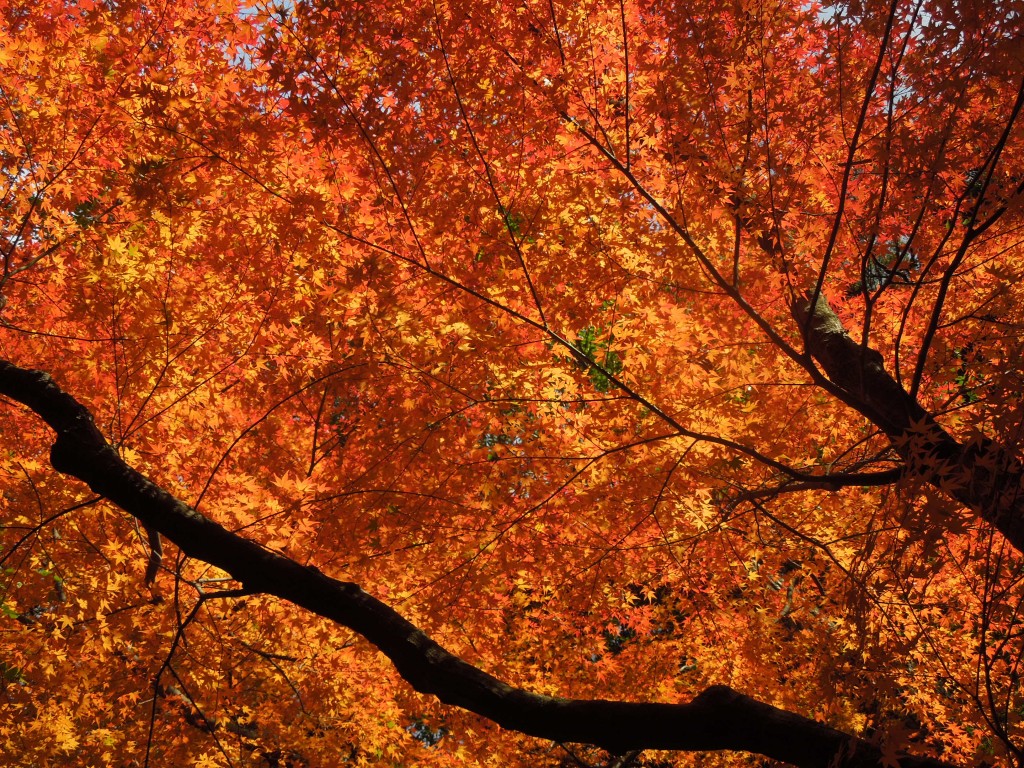
Back so soon –
Autumn colours
And Siberian seagulls
One of the joys of Shinto is that it marks the passing of time. Seasonal celebrations remind us of the turning of the annual round, and the abundance of harvest thanksgivings is replaced now by preparations for winter. I was reminded of this on my walks up the river when I saw this week the return of the Siberian seagulls, first harbinger of the long cold months ahead. These joyfully lithe and lively birds add greatly to the beauty of the Kamogawa in winter, when greenery lies low and deciduous leaves have fallen.
 With their splashes of white and beady intelligent eyes, the seagulls skim at dizzying speeds up and down the river, mostly in large groups but sometimes in pairs or singly. As the day darkens, they whirl up into a dizzying spiral that reaches up to the very heavens before flying off to bed down for the night at Lake Biwa. My heart leaps up when I see them, though I’m none too glad of the cold that clings to them from their Siberian north. (I was once delighted to find on my winter break in Kunming in the Yunnan Province of China that the Siberian seagulls migrate there too.)
With their splashes of white and beady intelligent eyes, the seagulls skim at dizzying speeds up and down the river, mostly in large groups but sometimes in pairs or singly. As the day darkens, they whirl up into a dizzying spiral that reaches up to the very heavens before flying off to bed down for the night at Lake Biwa. My heart leaps up when I see them, though I’m none too glad of the cold that clings to them from their Siberian north. (I was once delighted to find on my winter break in Kunming in the Yunnan Province of China that the Siberian seagulls migrate there too.)
Another way in which Shinto marks the passage of time is through the celebration of life events, such as the Shichi-go-san. It’s the time of year to celebrate seven-, five- and three-year olds, a rite of passage from ancient China. As such it marks a stage of maturation for children and is a delightful life-affirming affair, one of Shinto’s prime events. The explanation below by Yumiyama Tatsuya is taken from the Shinto encyclopedia produced by Kokugakuin University.
***********************************************
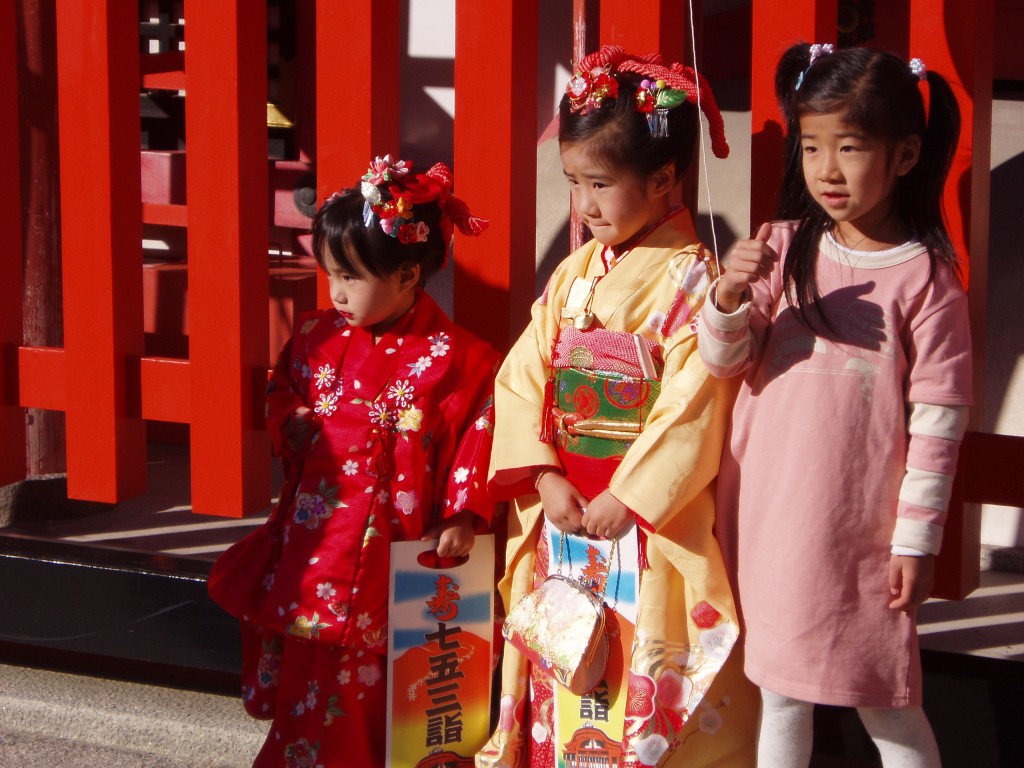
Rite of passage for the Shichigosan
Generally, on November 15th boys aged three and five and girls aged three and seven are dressed in their best clothes and taken on a pilgrimage to their ujigami (clan or tutelary kami) to express gratitude and pray for their continued health and safety. Sometimes formal banquets are also held for this occasion.
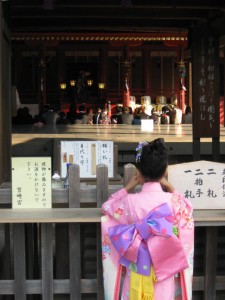 In ancient times, both boys and girls would be shorn of their hair until they turned three, when a formal ceremony would be held after which they were allowed to grow it out. There was also a ritual for five-year-old boys in which they would put on a hakama for the first time. For seven-year-old girls there was the ritual of replacing the narrow belt of a child’s kimono with the much wider obi.
In ancient times, both boys and girls would be shorn of their hair until they turned three, when a formal ceremony would be held after which they were allowed to grow it out. There was also a ritual for five-year-old boys in which they would put on a hakama for the first time. For seven-year-old girls there was the ritual of replacing the narrow belt of a child’s kimono with the much wider obi.
The particulars such as which sex does what at what age and the name for those celebrations varied based on region, era, and a child’s social standing, but generally we can say that these age-based rituals were conducted to pray for and celebrate children’s maturation from the precarious stage of infancy into the more stable stage of childhood. Shichigosan refers collectively to the performance of such rituals.
Although the date on which it is celebrated — the fifteenth of the eleventh month or November 15th — was already considered to be an auspicious day, Shichigosan became specifically associated with it when the fifth Tokugawa shōgun, Tsunayoshi, conducted rites for his child Tokumatsu on this day. It came to be conducted in grander fashion from the Taishō era [early twentieth century], and these practices grew in elegance as they spread across the nation.
In Tokyo, many pilgrims visit Meiji Jingū and other famous shrines at the time of shichigosan. Also, the selling of chitoseame (“thousand-year candy”) as a souvenir of Shichigosan, a practice that began at the shrine Kanda Jinja, in Asakusa, and other Tokyo sites, is said to have become widespread.
******************************************************
Though the actual day is Nov. 15, it’s customary to visit the shrine on the weekends either side of that date. For a full account of a family visit, see this page. http://www.tokyowithkids.com/entertainment/shichigosan.html
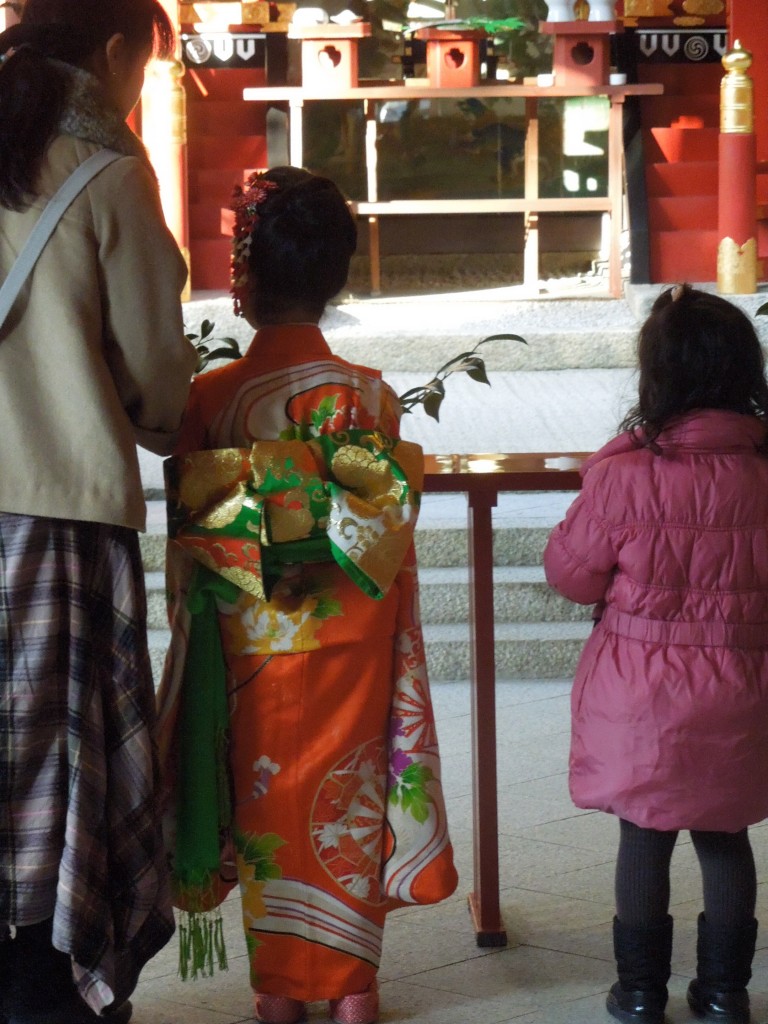
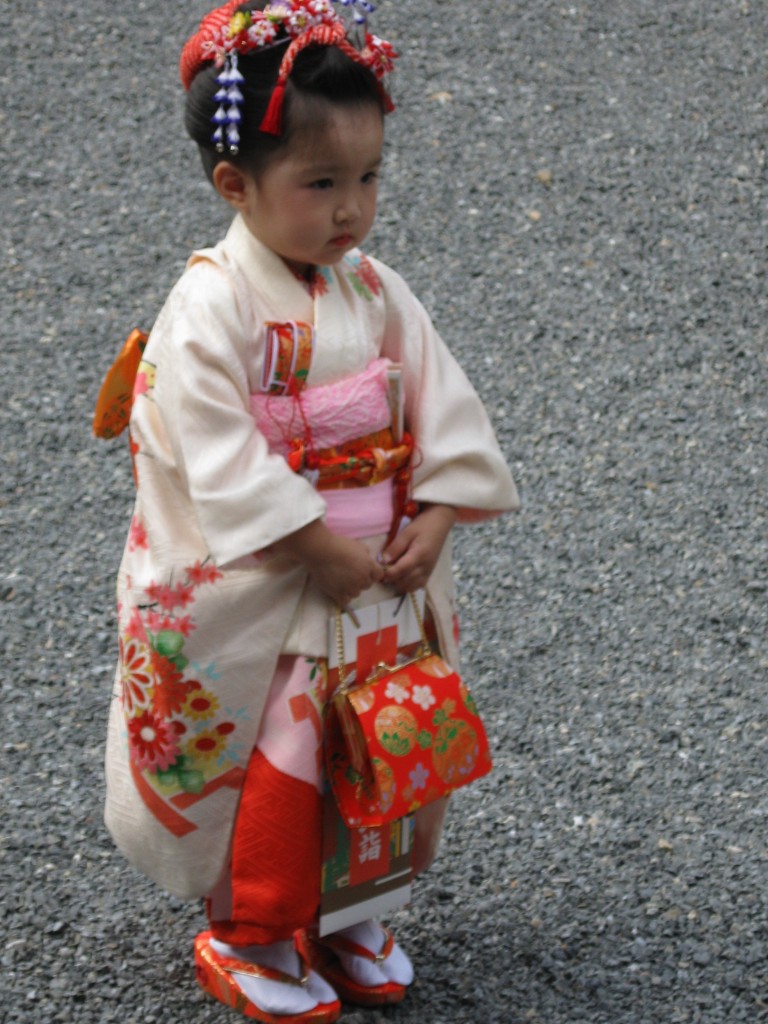
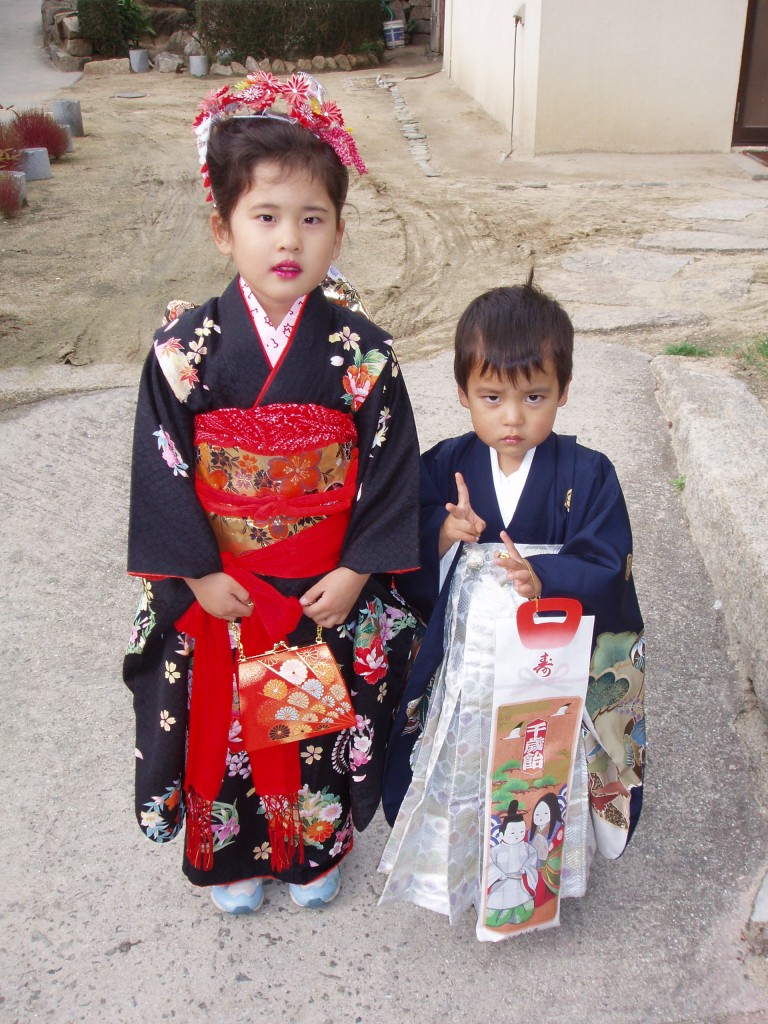

Leave a Reply